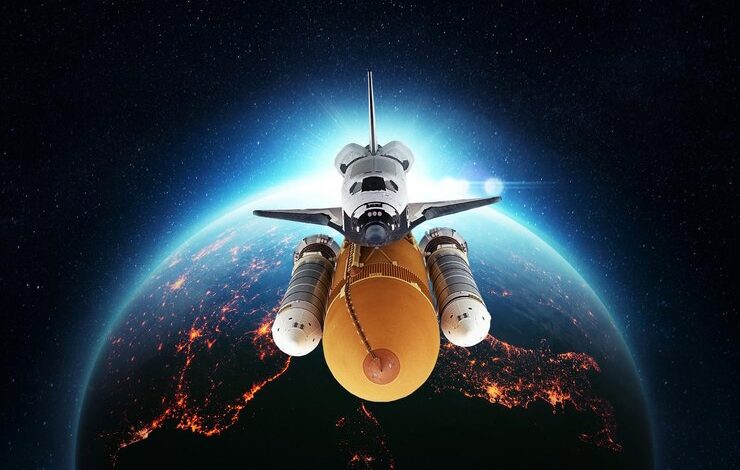Unveiling the Cosmic Frontier: The James Webb Space Telescope

Exploring the James Webb Space Telescope: A Gateway to Cosmic Discoveries
With the launch of the James Webb Space Telescope (JWST), astronomical science is expected to advance significantly and revolutionize our understanding of the cosmos. JWST is named after the former NASA administrator, James E. Webb, and represents decades of scientific advancement and international cooperation.
Unveiling a Technological Marvel
The main feature of JWST is its technological capability; its primary mirror, which is made up of eighteen hexagonal pieces, is more advanced than that of the Hubble Space Telescope. JWST can now see faint infrared light from deep space with previously unheard-of clarity and precision because to its large mirror.
Unlocking Cosmic Mysteries
The goal of JWST’s mission is to solve some of the deepest mysteries of the universe, going beyond simple observation. With its location at the second Lagrange point (L2), JWST is able to see the development of galaxies, stars, and planetary systems with unprecedented precision since it is not affected by Earth’s atmosphere when studying the early cosmos.
Trailblazing Scientific Endeavors
Several areas of astrophysics stand to benefit greatly from JWST’s cutting-edge instrument suite. As a lighthouse of scientific inquiry, JWST provides insights into the basic processes of the universe by exploring the atmospheres of far-off exoplanets and deciphering the enigmas of dark matter and dark energy.\p>
Anticipating Cosmic Revelations
A multitude of findings is anticipated by the scientific community as JWST gets ready to launch on its historic mission. JWST has the power to change our understanding of the universe’s beginnings and motivate future generations by illuminating the creation of planetary systems and revealing the universe’s origins.
Empowering Future Generations
JWST is a symbol of human inquiry and tenacity beyond its scientific goals. JWST encourages upcoming generations of scientists, engineers, and explorers to take on daring projects and broaden the bounds of human knowledge by pushing the boundaries of space exploration.
